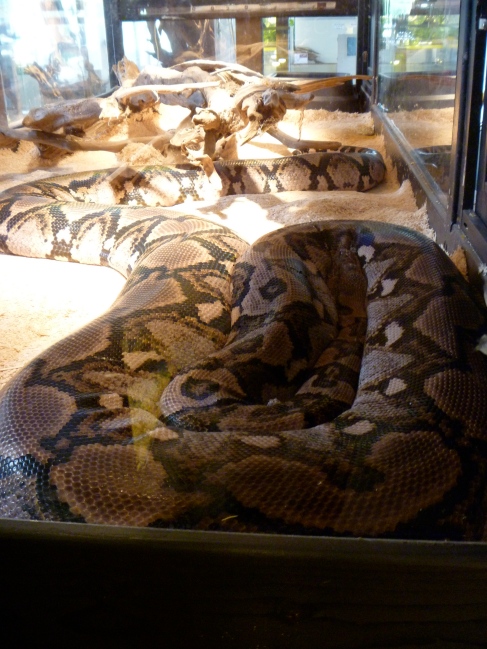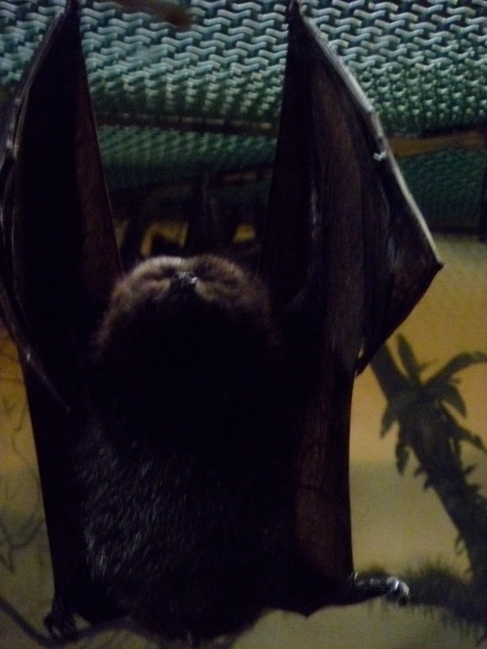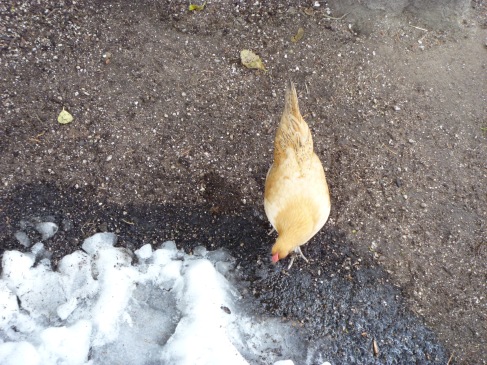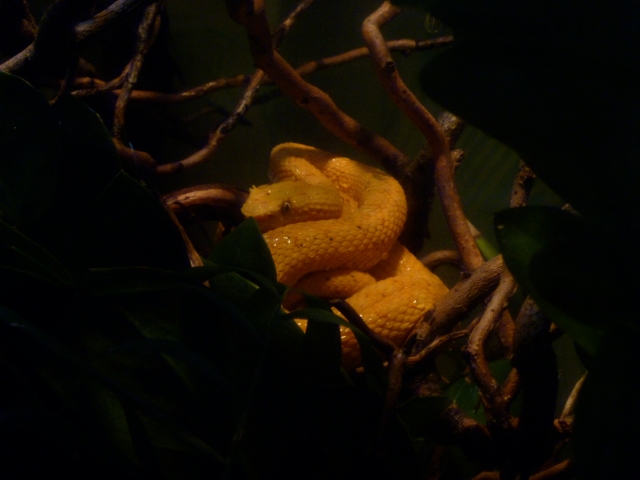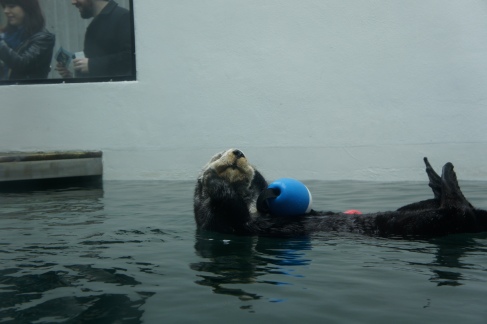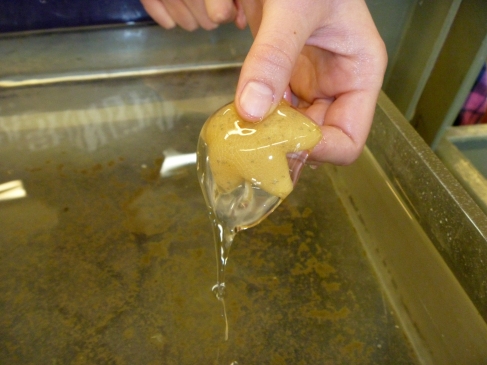Happy Easter! To everyone who celebrates, I hope you are having a wonderful holiday with friends and family. To all who do not, Happy Sunday and I hope you are getting a ton of candy anyway.
So! Easter is a time of new life, new beginnings and eggs. Eggs eggs eggs. Candied, boiled and plastic. All of the eggs. But! The ones that are hidden and found (fresh now or rotten next year) are amniotic eggs. Anamniotic eggs remain lost and forgotten. Poor things, they represent new life too! Folks discriminate just because they’re a lot harder to paint. If you don’t know why that is, then gather round children and I shall tell you an Easter story.
Once upon a time there was an egg. We know this egg came before a certain tasty bird that everything tastes like because it has no shell. You see, it was an anamniotic egg. First evolved in fish, amphibians and other aquatic life, this egg was adapted for easy disposal of nitrogenous wastes. Denizens of the watery deep and not-so deep excrete ammonia in their waste, which is extremely toxic and needs a lot of water to dilute to safe concentrations. Not a problem for fish, etc. Their soft, jelly-like eggs are semi-permeable, so wastes can diffuse out of the egg into the environment.
Now along came some species that evolved over many generations to be live on land. They are probably reptiles. Since they lay their eggs on land and need more protection from drying in the sun, they have evolved shelled eggs. Like thus:
These are amniotic eggs. The difference between them and anamniotic eggs is not only the presence of a shell, but the presence of an amniotic cavity and defined allantois (waste sac, anamniotes can have this but it’s not as necessary). In fish, etc, the eggs have jelly layers with an analogous function to the amnion, only the composition of each is different. Besides being highly conducive to decoration, the shell is much less permeable. Oxygen and carbon dioxide can diffuse in and out, but not much else. What does that mean for our little egg? It means that they need to pick/evolve to produce a different form of nitrogenous waste. Also they can drown. But evolve they did, thank heavens. So now egg-laying (oviparous) vertebrates like reptiles and birds excrete non-toxic uric acid. This requires little water to dilute and may be stored in the allantois until the chick/baby turtle/snakelet hatches.
And all the little eggies lived happily ever after. The end.
Post Script: Once upon a different time, I was forced to watch Megashark vs. Crocasaurus by a certain someone who-shall-not-be-named (Ian, it was Ian). At one point Crocasaurus lays a ton of eggs off some nondescript coast and everyone is panicking because they somehow know she’s laid eggs (parthenogenic croc, I guess?) but not where. I could not get over it; “Why are they panicking, the eggs are dead. They drowned. This is why there are no other crocasauri.”
Source
Campbell, Niel A. “Nitrogenous Wastes.” Excretory System. 2nd Ed. University of California, Riverside. March 31, 2013. <http://ex-anatomy.org/nitro.html>
Egg photo credit: Nicole. 2012. “Ready For Easter.” <http://daisyodd.deviantart.com/art/Ready-for-Easter-290000381?q=gallery%3Adaisyodd%2F5286180&qo=2>









